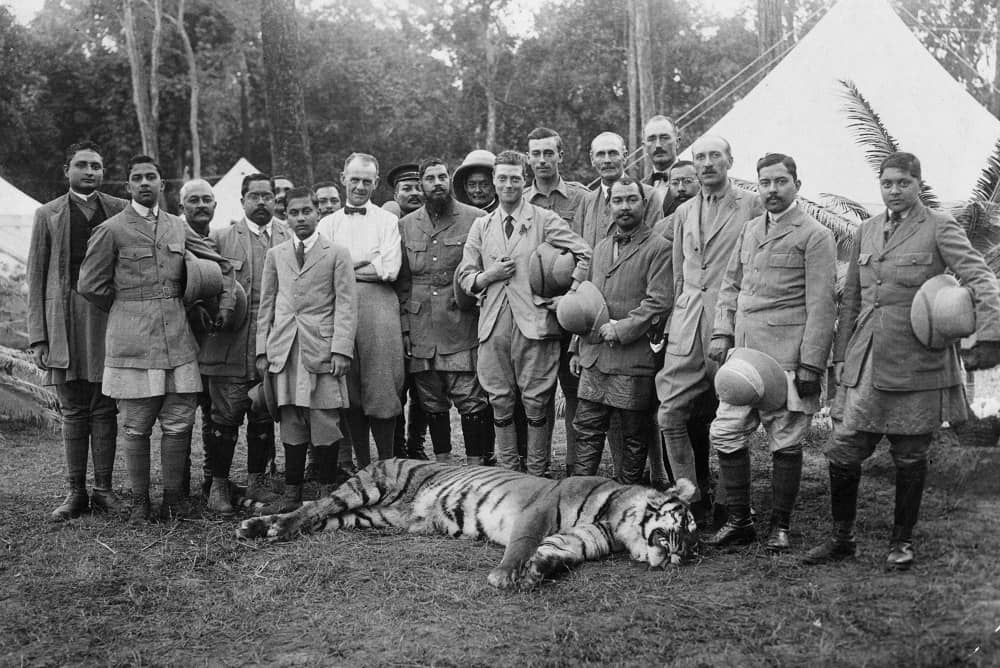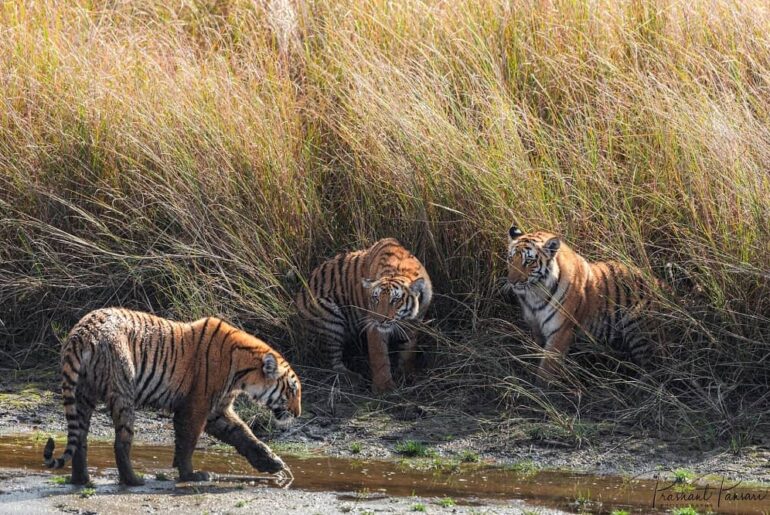Discover Jim Corbett National Park India: Tales of Tigers
Nestled at the foothills of the mighty Himalayas in the northern state of Uttarakhand, India, lies a realm of unparalleled natural beauty and thriving wildlife – Jim Corbett National Park India. The park is named after the legendary British-Indian hunter-turned-conservationist,
Jim Corbett. This park stands as a testament to India’s commitment to preserving its diverse ecosystems. Join us as we delve into the enchanting world of Jim Corbett National Park India.
A Wilderness Like No Other
Spanning over 520 square kilometers, Jim Corbett National Park India is a haven for nature enthusiasts and wildlife aficionados. The park’s diverse landscapes, ranging from dense forests to grassy meadows and serene rivers, provide a sanctuary for an astonishing array of wildlife species. From the regal Bengal tiger to the graceful spotted deer, the park is a treasure trove of biodiversity.
Suggested Read: Jim Corbett to Rishikesh – Explore Mysticism

Thrilling Wildlife Safaris
The heart of any visit to Jim Corbett is the exhilarating wildlife safari. As the sun begins to rise, the gates of the park open, welcoming eager visitors into the realm of the wild. Jeeps, guided by experienced naturalists, traverse the rugged terrain in search of elusive creatures.
The sight of a majestic tiger prowling through the undergrowth or a herd of elephants bathing in the river is an experience that leaves an indelible mark on the soul.
Avian Wonderland
Jim Corbett National Park isn’t just home to terrestrial wonders; it’s also a paradise for bird lovers. With over 650 species of birds, the park’s avian population is a testament to its ecological diversity.
From the resplendent crested serpent eagle to the vibrant plumage of the kingfisher, birdwatchers are in for a treat. The park resonates with the melodies of these feathered wonders, creating a symphony that’s music to the ears.
Tryst with History
The Corbett Museum pays homage to the park’s namesake, Jim Corbett, and his contributions to wildlife conservation. The park holds a charming colonial-era bungalow.
The museum offers insights into Corbett’s life, his encounters with man-eating tigers, and his transformation into a fervent protector of nature. Photographs, artifacts, and his personal belongings breathe life into the stories of his adventures.
The Serenity of Nature
Beyond the heart-pounding encounters with wildlife, Jim Corbett National Park offers moments of serene contemplation. The tranquil Ramganga River winds its way through the park, creating pockets of calm where one can pause and reflect.
The soothing sound of water, the whisper of the wind through the trees, and the rustle of leaves underfoot provide a sensory connection to nature that’s both grounding and rejuvenating.
Conservation at Its Core
Jim Corbett National Park India isn’t just a tourist destination; it’s a testament to India’s commitment to wildlife conservation. The park’s efforts to protect and preserve its ecosystems, alongside local community involvement.
It is a showcase of a harmonious coexistence between humans and nature. It stands as a reminder that we’re all stewards of this planet, entrusted with the responsibility of safeguarding its wonders for generations to come.
Suggested Read: Rajaji National Tiger Reserve Rishikesh India

Here are a few tales from Jim Corbett National Park:
The Man-Eating Tigers:
Jim Corbett himself was known for his efforts in tracking down and eliminating several man-eating tigers and leopards that had terrorized local communities. One of his most famous exploits was the pursuit of the Champawat Tigress, responsible for the deaths of numerous people.
Corbett’s successful hunt for this tigress marked the beginning of his reputation as a skilled tracker and conservationist.
The Tale of the Bachelor of Powalgarh:
The Bachelor of Powalgarh was a legendary tiger that eluded hunters for years due to its cunning and ability to avoid traps. Corbett pursued this elusive tiger for a long time, and the story of their encounters and the tiger’s survival tactics became a captivating tale of nature’s adaptability and the challenges of wildlife conservation.
The Temple Tiger:
One of Corbett’s books, “The Temple Tiger and More Man-Eaters of Kumaon,” features stories about his encounters with various man-eating animals. The title story narrates his mission to eliminate a notorious man-eating tiger that had claimed several lives near a temple, demonstrating the complex relationship between humans and wildlife.
Conservation Efforts:
Beyond his hunting expeditions, Jim Corbett was a staunch conservationist. He worked towards raising awareness about the need to protect these majestic animals and their habitats.
His efforts laid the foundation for the conservation movement in India and contributed to the establishment of the Jim Corbett National Park, which became a protected area dedicated to preserving wildlife.
Diverse Wildlife:
The park is not only home to Bengal tigers but also hosts a diverse range of flora and fauna. Tales of encounters with elephants, leopards, various species of deer, reptiles, and a plethora of bird species highlight the park’s rich biodiversity.
Landscape and Scenic Beauty:
The tales from the park also often touch upon its breathtaking landscapes, including picturesque hills, dense forests, serene rivers, and tranquil lakes. The park’s natural beauty and serene surroundings create a mystical ambiance that has inspired many visitors and writers.
Eco-Tourism and Responsible Travel:
Modern tales from Jim Corbett National Park also revolve around the efforts to promote eco-tourism and responsible travel practices. Visitors now have the opportunity to experience the park’s wildlife and natural beauty while minimizing their impact on the environment.
In Conclusion
Jim Corbett National Park India is a tapestry woven with threads of untamed beauty, vibrant biodiversity, and a shared vision for a sustainable future. It’s a place where the rawness of the wild meets the depths of human appreciation.
As we leave the park behind, we carry with us not just memories, but a deeper understanding of the delicate dance that sustains life on Earth. Jim Corbett’s legacy lives on, urging us to preserve, protect, and cherish the wonders of our natural world.




Comments are closed.